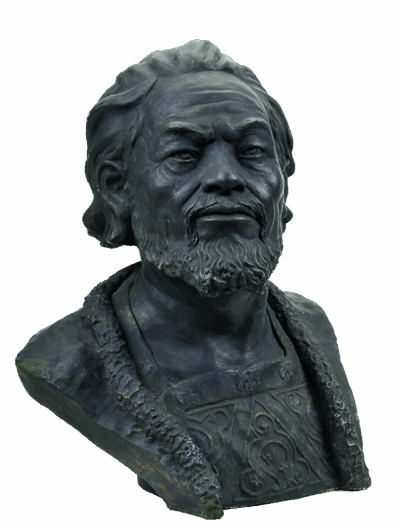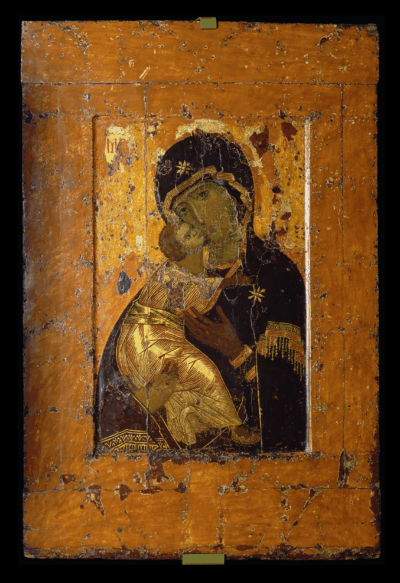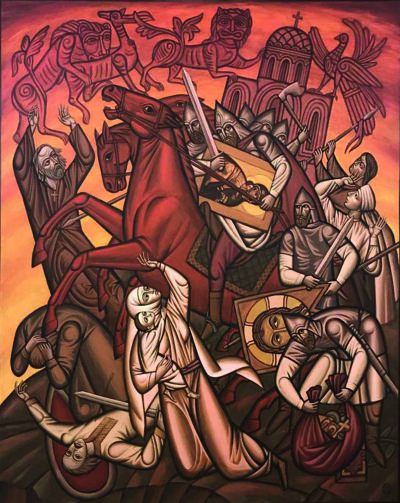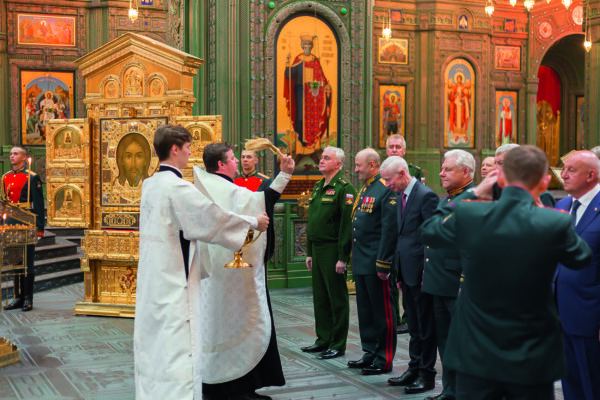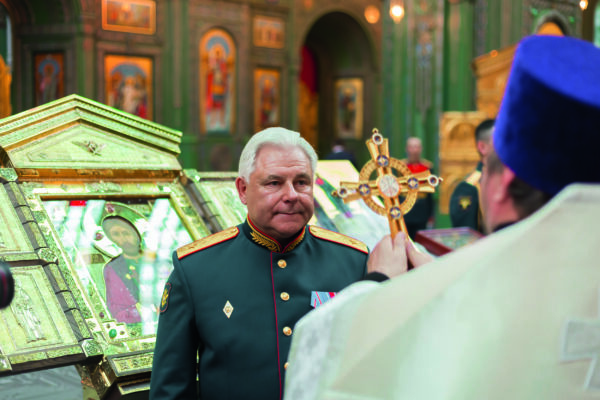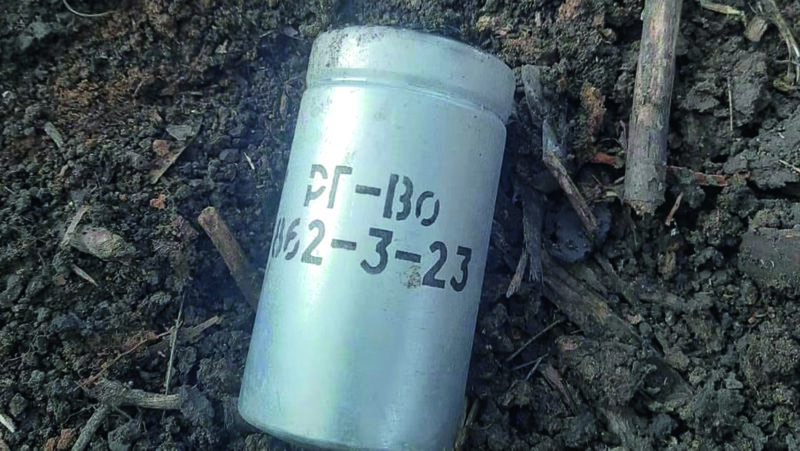«З Андрєєм Боголюбскім великорос уперше вийшов на історичну арену»
Russian historian Vasyl Klyuchevsky (1841-1911)
In 1155, the ‘first Velykoros on the historical arena’, the son of Yuri Dolgoruky and a Polovtsian princess, destroys the princely residence of Vyshhorod and steals the Vyshgorod Icon of the Mother of God.
According to research, the creation of one of the largest sacred shrines in Ukraine – Rus dates back to the 11th and 12th centuries. In 1131, the icon, along with other relics was presented by Constantinople to Prince of Kyiv Mstyslav the Great in 1131. Later, the icon was placed in the nunnery of Vyshhorod, where it became an object of pilgrimage.
‘Andrei left Vyshgorod for Suzdal against his father’s will. He took an icon of the Holy Virgin from Vyshhorod, which had been brought with icon “Pirogoscha” from Tsargrad on the same ship.’
After the theft, the name of the shrine was changed to “Volodymyr’s”. It became the oldest and most important icon of the Russian Orthodox Church, an attribute of coronations and the appointment of patriarchs.
Russian mythology is based on ‘the Tale of the Miracles of Vladimir Mother of God’, which reports that on the way to Suzdal, the Holy Virgin ‘appeared to Bogolyubsky and ordered him to put an icon in Vladimir’. And this led to the decision to make Vladimir the capital.
In 1895, researchers at the Imperial Moscow Archaeological Society proved that Boholyubsky was one of the authors of the ‘Tale’.
The stolen shrine, after many moves, is still in Moscow today.
In 1169, Andrei Bogolyubsky formed a coalition of eleven princes which on 8 March captures Kyiv. At that time, it was a wealthy large city with dozens of churches.
‘And they plundered the entire city for two days – Podil, and the Hora, and the monasteries, and Sophia, and the Virgin of Tithes. And there was no mercy for anyone from anywhere: churches were burning, Christians were being killed, and others were being imprisoned, wives were taken captive, separated from their husbands by force, children cried as they looked at their mothers. And they took a great deal of things and goods, and stripped the churches of icons, and books, and vestments, and bells. And there was groaning, anguish and sorrow among all the people in Kyiv…’
Captured cities in internecine wars in Russia had never been given for plunder and burning. But the grandson of the Polovtsian Khan Bogolyubsky “grew up on the Volga, and Rus-Ukraine with its long history and developed forms of life was alien and unsympathetic to him,” wrote historian Mykhailo Hrushevsky.
By order of Peter I in the 18th century, the Russian Orthodox Church canonized the thief of sacred shrines and destroyer of the cities of Kyivan Rus. He was declared a saint, blessed, and the founder of “Holy Russia.”
2020. Patriarch Kirill of Moscow blessed the definition of the “holy and faithful prince” Andrei Bogolyubsky as “the heavenly patron of the radiation, chemical, and biological defense troops of Russia.”
As of March 1, 2024, more than 1,000 cases of the use of banned chemical weapons by the Russian army have been recorded in Ukraine.
On May 1, 2024, the US State Department officially accused the Russian Federation of using chemical weapons in Ukraine.

